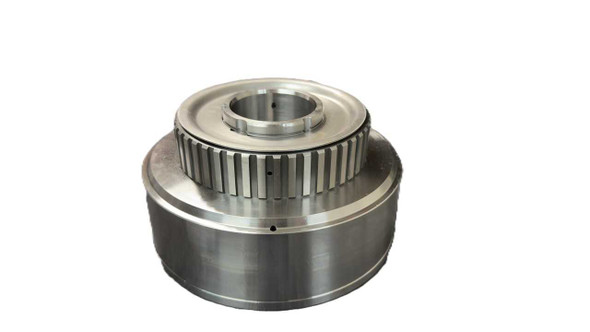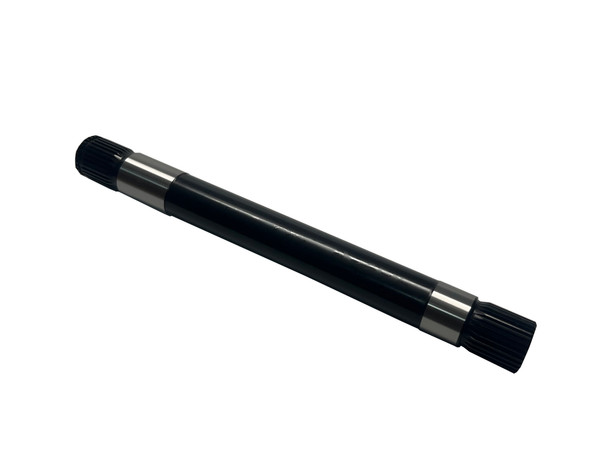- Product
- Qty in Cart
- Quantity
- Price
- Subtotal
-

 Qty in Cart: 0Price:Subtotal:
Qty in Cart: 0Price:Subtotal: -
Gearstar Performance Transmissions
SFI Flexplate Small Block Chevrolet 1-pc Rear Main EXT balance 153T
$139.99 -
Gearstar Performance Transmissions
SFI Flexplate Small Block Chevrolet 1-pc Rear Main EXT balance 168T
$139.99 -


-

-

-

-

-

-


-
 Gearstar Performance Transmissions
Gearstar Performance TransmissionsSFI Flexplate Small Block Chevrolet 1-piece Rear Main Seal
$139.00 -

-

-
 Gearstar Performance Transmissions
Gearstar Performance TransmissionsSFI Flexplate Small Block Chevrolet 2 piece rear main seal
$139.00 -
 Qty in Cart: 0Price:Subtotal:
Qty in Cart: 0Price:Subtotal: -


-


-

 Gearstar Performance Transmissions
Gearstar Performance TransmissionsFord C4 Reverse Pattern Full Manual Valve Body with Transbrake
$1,250.00 -

-

-

-

-

-



